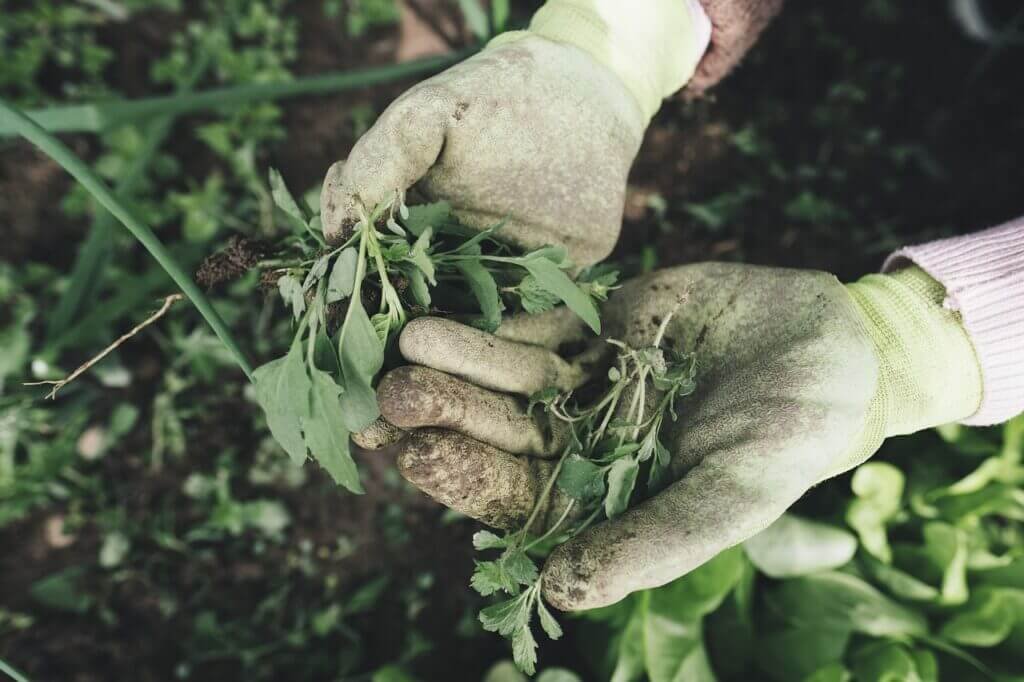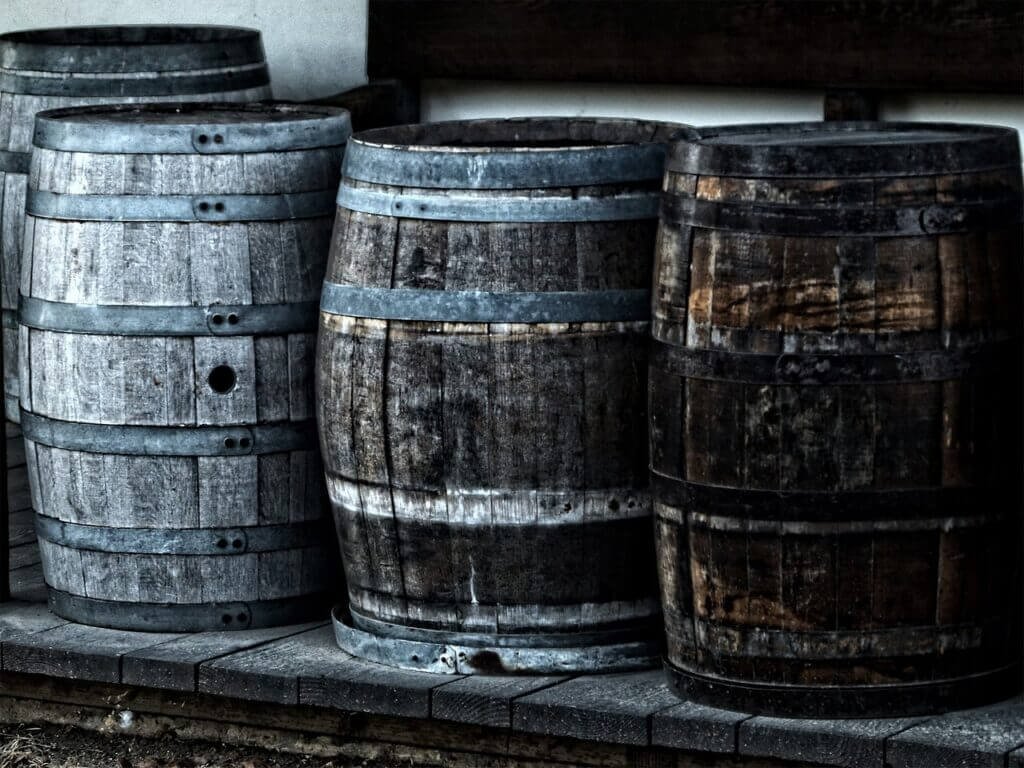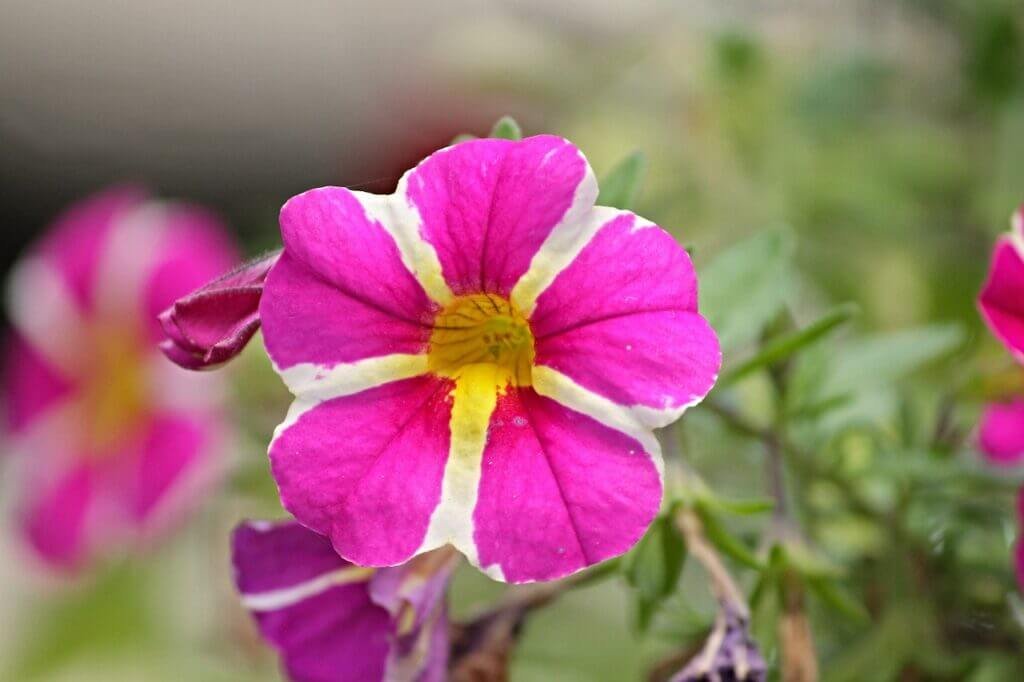So, you’ve decided to embark on the exciting journey of balcony gardening. But now comes the big question: how do you choose the right containers? Well, fear not, because in this article, we’ll guide you through the process step by step. From considering the size and material of the containers to assessing drainage and maintenance needs, we’ve got you covered. By the end of this read, you’ll be equipped with all the knowledge you need to create a thriving garden oasis right on your balcony.

Factors to Consider
Size of the Balcony
When choosing containers for your balcony garden, the first factor to consider is the size of your balcony. Take measurements of the available space and consider how many containers you want to fit. If your balcony is small, you may need to choose containers that are compact or vertical in design to maximize the use of space. On the other hand, if you have a larger balcony, you have the opportunity to experiment with different container sizes and arrangements.
Weight Limitations
Before selecting containers, it is essential to check the weight limitations of your balcony. Each balcony has a maximum weight capacity that must be adhered to for safety reasons. Consider the weight of the containers themselves, the potting soil, and the plants when calculating the total load. If you have a balcony with a low weight limit, opt for lightweight containers and avoid using heavy materials such as terracotta or stone.
Climate and Weather Conditions
The climate and weather conditions of your location play a significant role in choosing the right containers for your balcony garden. Different materials and designs have varying degrees of resistance to extreme temperatures, high winds, and excessive moisture. For example, if you live in an area with hot and dry weather, you may want to choose containers with excellent insulation properties to prevent the soil from drying out too quickly.
Choosing the Right Material
Terracotta
Terracotta is a popular choice for balcony gardening due to its classic and timeless appearance. It is known for its natural, earthy tones and porous nature, which allows for proper airflow to the roots. However, terracotta can be quite heavy and may not be suitable for balconies with weight limitations. It also tends to absorb moisture from the soil, making it more prone to drying out quickly in hot weather. If you choose terracotta, ensure that the containers have proper drainage to prevent waterlogging.
Plastic
Plastic containers are lightweight, affordable, and come in various sizes and designs. They are a practical choice for balcony gardening, especially if you have weight limitations on your balcony. Plastic containers also retain moisture better than terracotta, reducing the frequency of watering. However, they may not be as aesthetically pleasing as other materials and can degrade over time due to exposure to sunlight, becoming brittle and losing their color.
Wooden
Wooden containers can add a natural and rustic charm to your balcony garden. They provide excellent insulation and moisture retention properties, creating a healthier environment for your plants. However, wooden containers require regular maintenance and may need to be treated with a protective coating to prevent rotting or warping. Additionally, they may not be suitable for balconies with weight limitations, as wood can be heavy.

Container Size
Consider Plant Size
When selecting container sizes, it is crucial to consider the size of the plants you intend to grow. Some plants, such as small herbs or flowers, can thrive in smaller containers. However, larger plants, such as tomatoes or fruit trees, require more space for their roots to spread and grow. Be sure to choose containers that provide ample room for your plants’ root systems to develop properly.
Allow Room for Growth
In addition to considering the current plant size, it is essential to allow room for growth when choosing container sizes. As your plants mature, they will require more space for their roots to expand and absorb nutrients. Select containers that have enough depth and width to accommodate the anticipated growth of your plants. This will help prevent root-bound plants and ensure healthy development.
Consider Watering Needs
The size of the container also plays a role in the watering needs of your plants. Larger containers will generally require less frequent watering because they can hold more soil and retain moisture for longer periods. Conversely, smaller containers may dry out more quickly due to their limited soil capacity. Consider your availability and commitment to watering when deciding on container sizes to ensure that your plants receive adequate hydration.
Drainage
Importance of Proper Drainage
Proper drainage is essential for the health and wellbeing of plants in balcony containers. Without adequate drainage, excess water can accumulate in the soil, leading to oxygen deprivation, root rot, and overall plant decline. Drainage holes allow water to escape and prevent waterlogging, ensuring that the roots receive the necessary oxygen and nutrients.
Built-In Drainage Holes
When selecting containers, look for those with built-in drainage holes. These pre-drilled holes allow excess water to escape easily, preventing waterlogging. Containers with multiple drainage holes are often better as they provide improved drainage efficiency. However, be cautious of containers with very large drainage holes that may cause soil to wash out during watering.
Adding Drainage Holes
If you find a container you love that doesn’t have drainage holes, fear not! You can easily add them yourself using a drill with a suitable drill bit. Ensure that the holes are spaced evenly and are large enough to allow sufficient water drainage. Additionally, consider placing a layer of rocks or broken pottery at the bottom of the container before adding soil. This will further enhance drainage and prevent soil from clogging the drainage holes.

Portability and Mobility
Consider Balcony Layout
The layout of your balcony can affect the portability and mobility of your containers. If you have limited space or irregularly shaped balconies, it may be essential to choose containers that are easy to move and rearrange. Consider the flow of foot traffic and the available open areas when deciding on container mobility.
Choose Lightweight Containers
If portability is a priority, opt for lightweight containers that are easy to lift and move. Materials such as plastic or fiberglass are excellent choices as they are much lighter than terracotta or stone. Lightweight containers also make maintenance tasks, such as soil replacement and pruning, more manageable.
Consider Handles or Wheels
To further enhance the portability and mobility of your containers, look for options that come with built-in handles or wheels. Handles make it easier to lift and transport containers, especially if you have larger, heavier ones. Wheels can be particularly beneficial if you have a large balcony or need to frequently rearrange your plants. With wheels, you can effortlessly move your containers without straining your back or risking damage to your plants.
Aesthetics and Style
Coordinate with Balcony Decor
Your balcony is an extension of your living space, and the containers you choose should complement its overall decor. Consider the colors, textures, and styles of your balcony furniture and accessories when selecting containers. Opt for containers that blend seamlessly with your aesthetic preferences, whether you prefer sleek and modern designs or traditional and rustic looks.
Consider Color and Design
Containers come in a wide range of colors and designs, allowing you to create a visually appealing balcony garden. You can choose containers that match or contrast with the colors of your plants and balcony decor. Bright, vibrant containers can make a bold statement, while neutral or earth-toned containers offer a more subtle and cohesive look.
Match Container to Plant Style
Consider the style and characteristics of the plants you intend to grow when choosing containers. For example, if you are growing tropical or exotic plants, containers with a contemporary and modern design may better complement their unique foliage. On the other hand, if you are cultivating a cottage garden with traditional flowers, opt for containers with a more vintage or rustic appeal.

Budget and Durability
Consider Longevity of Containers
When assessing your budget for balcony containers, it is essential to consider the longevity of the materials used. While cheaper options may seem appealing initially, they may not withstand the test of time and require more frequent replacement. Invest in containers made from durable materials that can withstand outdoor conditions and withstand multiple growing seasons without deteriorating.
Evaluate Cost and Quality
While budget constraints are understandable, it is essential to strike a balance between cost and quality when selecting containers. Cheaper containers may be more affordable upfront but may lack durability and may not provide proper insulation or drainage. Compare prices and read customer reviews to find containers that offer a good combination of quality and value.
Choose Resistant Materials
Consider opting for containers made from materials that are resistant to weathering, fading, and deterioration. Materials such as fiberglass, metal, or high-quality plastic are known for their durability and longevity. They can withstand exposure to sunlight, rain, and extreme temperatures without losing their integrity or visual appeal.
Special Considerations for Edible Plants
Choose Food-Grade Containers
If you plan to grow edible plants or herbs, it is crucial to select food-grade containers. Food-grade containers are specifically designed to be safe and non-toxic for growing plants that will be consumed. Look for containers that are labeled as food-safe or BPA-free to ensure that no harmful chemicals leach into the soil or plants.
Consider Toxicity of Materials
Certain materials used in containers may contain harmful substances that can be absorbed by plants and pose a risk when consumed. Avoid containers made from treated wood, as the chemicals used in the treatment process can be toxic to plants and harmful if ingested. Choose materials that have been certified safe for growing edible plants.
Consider Depth for Root Growth
Edible plants often have deeper root systems compared to flowering plants or herbs. When choosing containers for edible plants, opt for options that provide sufficient depth for the roots to grow and access nutrients. Shallow containers may restrict root growth and impact the overall health and productivity of the plants.

Maintenance and Care
Consider Cleaning and Sanitizing
Regular cleaning and sanitizing of your containers are essential for maintaining plant health and preventing the growth of harmful bacteria or fungi. Consider the ease of cleaning when selecting containers. Materials such as plastic or fiberglass are generally easier to clean and sanitize compared to porous materials like terracotta or wood.
Ease of Storage
Throughout the year, you may need to store your containers during the off-season or when weather conditions are unfavorable. Containers that are stackable or collapsible make storage more convenient and efficient. Consider the available storage space on your balcony or in your home when choosing containers that can be easily stored.
Repair and Replacement
Over time, containers may experience wear and tear or sustain damage. Consider the ease of repair and replacement when selecting containers for your balcony garden. Opt for materials that are readily available, so you can easily find matching pieces or replacement parts if needed.
Considerations for Different Plant Types
Flowering Plants
Flowering plants often require containers with sufficient space for their root systems and proper drainage. Consider using larger containers to accommodate the extensive root growth and select options with built-in drainage holes to prevent waterlogging. Additionally, take into account the potential height of the flowering plants, choosing containers that provide enough vertical space for their growth.
Herbs and Vegetables
Herbs and vegetables can thrive in containers with good drainage and adequate depth for root growth. Consider the mature size of the herbs or vegetables you intend to grow and choose containers that provide ample space for their growth. Additionally, select containers that can hold sufficient soil to support their nutrient requirements.
Succulents and Cacti
Succulents and cacti have unique water and soil requirements. These plants typically prefer containers with excellent drainage to prevent waterlogged soil, as they are susceptible to root rot. Consider using unglazed terracotta or containers specifically designed for succulents and cacti, as they provide the necessary airflow and moisture control for these desert plants.
With these factors in mind, you are now equipped to choose the perfect containers for your balcony garden. Take into account the size of your balcony, weight limitations, climate conditions, and the specific needs of your plants. By considering the right materials, container sizes, drainage, portability, aesthetics, budget, and the type of plants you are growing, you can create a thriving balcony garden that brings beauty and joy to your outdoor space. Happy gardening!


